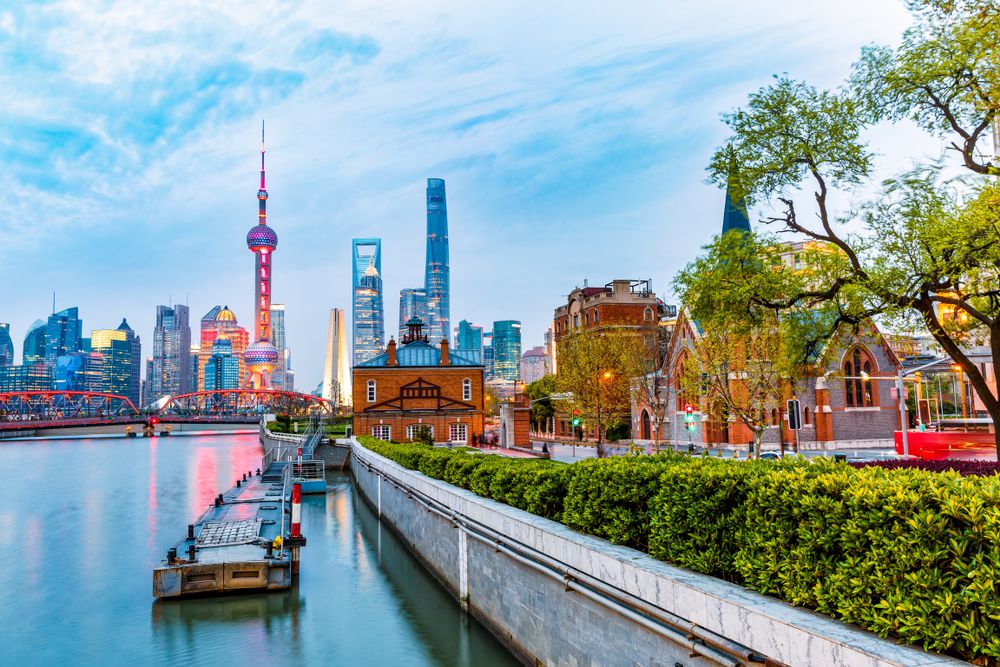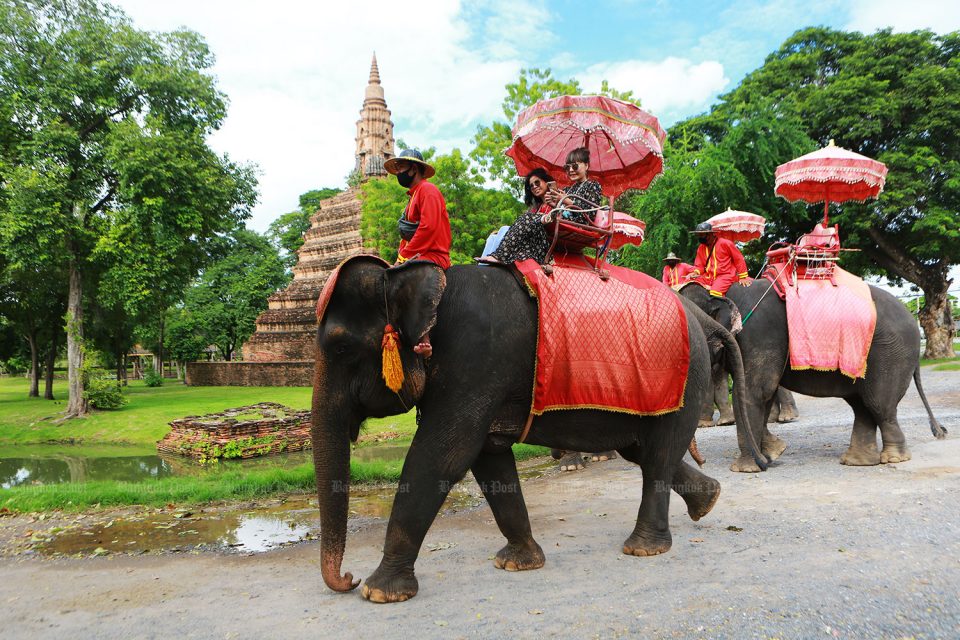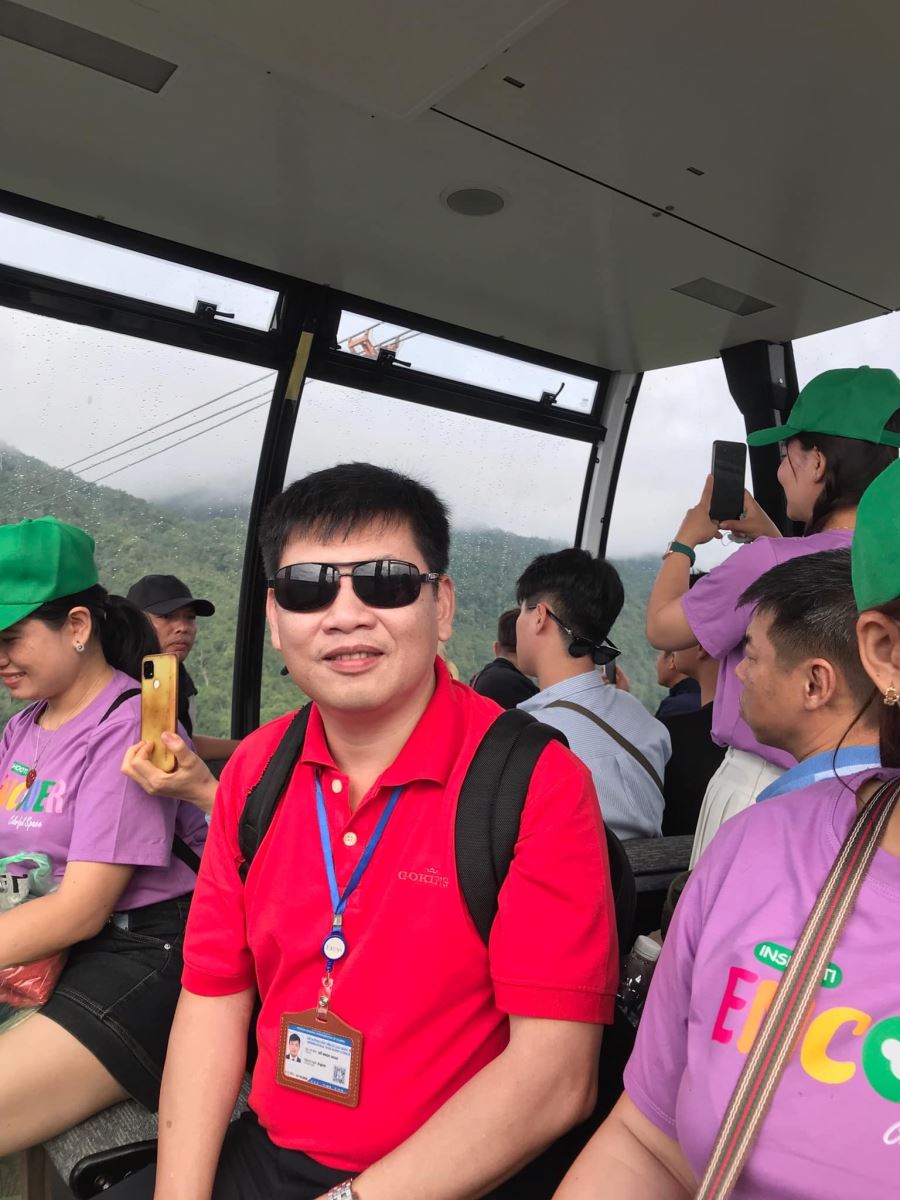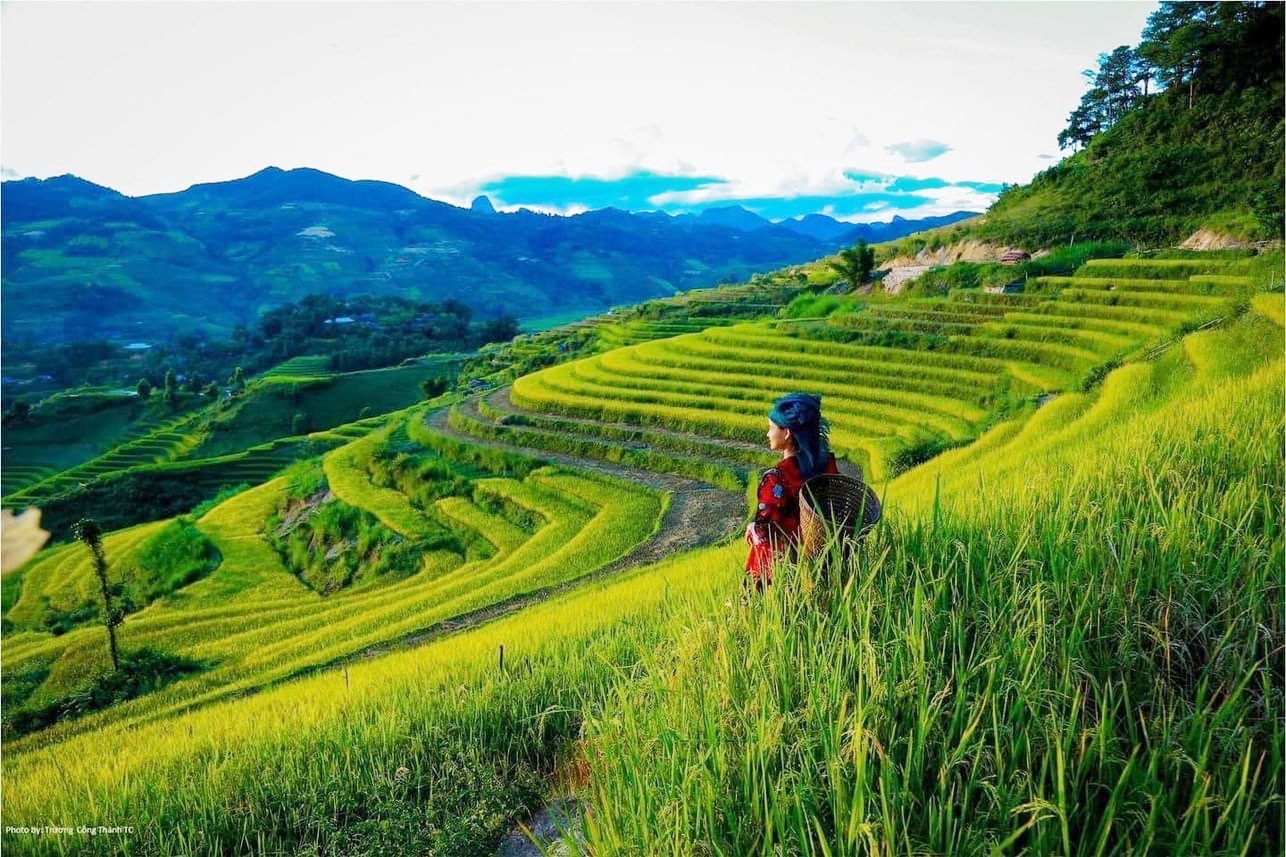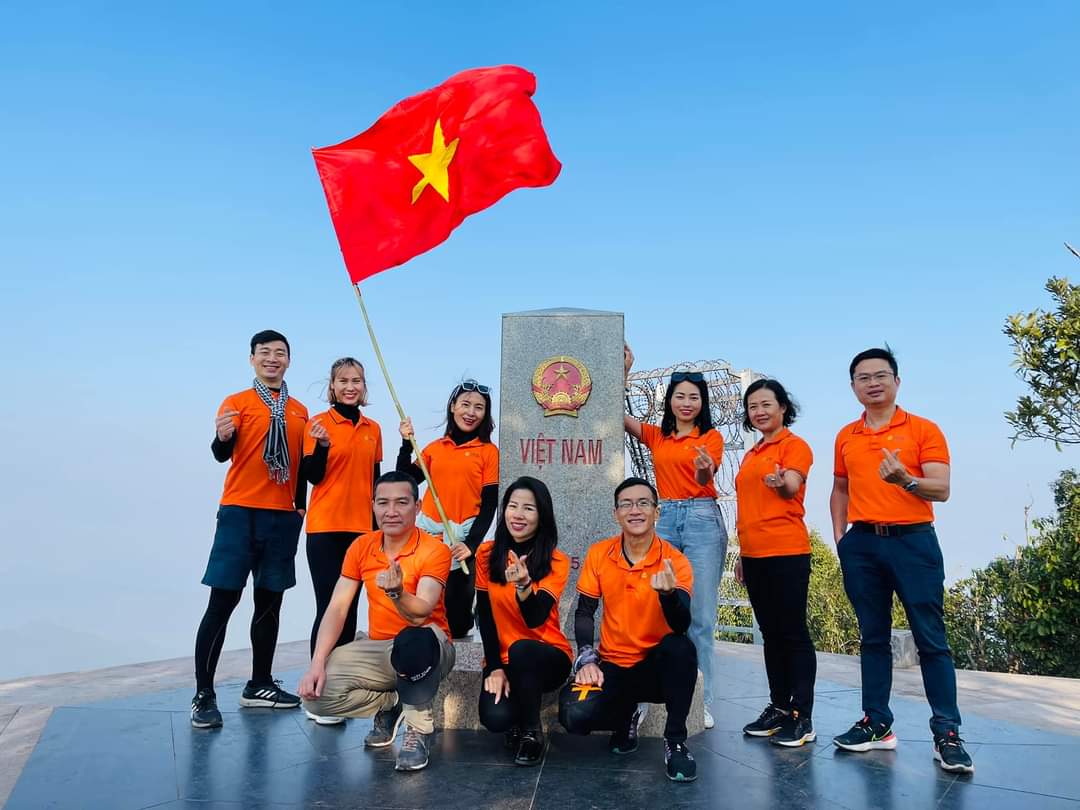TOP BEST 10 THINGS TO DO WHEN TRAVELING TO DIEN BIEN (PART 2)
TOP 10 THINGS TO DO IN DIEN BIEN (PART 2)
6. Culinary Adventures
Dien Bien’s cuisine reflects its cultural diversity and geographical influences, with each ethnic minority having its own methods of food preparation. Visitors can indulge in local dishes such as five-colored sticky rice, sour soup with fishes, and smoked buffalo, pork meat.
Participating in actual cooking practices or food tours enables tourists to learn about ingredient selection and traditional cooking techniques passed down through generations, all while savoring meals rich in flavor and tradition. However, be cautious, as some dishes can be quite spicy and unique. It is advisable to ensure your stomach can handle the local cuisine, or you might consider drinking local wine to enhance your dining experience. But there's no need to worry; issues are unlikely to arise.
.jpg)
Dien Bien Province is famous for its breathtaking natural landscapes that enchant visitors with their beauty and diversity. The region is marked by impressive mountains, lush valleys, tranquil lakes, and vibrant rice fields. Here are some key features that enhance the stunning scenery of Dien Bien:
Some Suggestions for Key Attractions in the Outskirts of Dien Bien Phu city.
- Tang Quai Pass (30 km from Dien Bien Phu City): Tang Quai Pass is famous for its stunning views and is a popular spot for cloud hunting. Located about 5 km from the center of Muong Ang District and roughly a 40-minute drive from Dien Bien Phu City, the area features rugged hills and valleys that are often shrouded in a sea of white clouds, especially during the winter months.
.jpg)
- Pa Khoang Lake (15 km from Dien Bien Phu City):
Located about 15 kilometers from the center of Dien Bien Phu, Pa Khoang Lake is surrounded by lush greenery and mountains. Known as "Bamboo Forest" (the Thai name for Pa Khoang), the lake sits at an altitude of nearly 900 meters above sea level and has a basin area of 2,400 hectares, making it an important highlight for eco-tourism in Dien Bien province.
Scattered around Pa Khoang Lake are villages primarily inhabited by the Thai and Kho Mu ethnic groups, who continue to practice the traditional customs and habits of the ethnic communities in Northwestern Vietnam.
Visitors to Pa Khoang Lake can experience the excitement of the area by rowing a dugout boat or floating gracefully in a small boat on the gentle ripples. These boats take tourists to the corners of forest islands, where they can marvel at the wonders of nature. Additionally, visitors can walk to explore pristine Thai or Kho Mu ethnic villages, wandering through the forest to learn about unique traditional cultures and relax in beautiful stilt houses. The friendliness and hospitality of the local villagers are particularly valuable, as they often invite visitors to attend art festivals, cultural exchanges, and enjoy local cuisine.
Some local dishes include sticky rice served in bamboo tubes, sweet rice infused with the fragrance of upland rice, grilled fish skewers, and smoked meats that echo the essence of the mountains and forests, often accompanied by jars of traditional wine.
When visiting the headquarters of General Vo Nguyen Giap in Muong Phang commune, be sure to turn off and explore Pa Khoang Lake on your way back. It’s conveniently located about halfway between Dien Bien Phu city and Muong Phang.
.jpg)
- Mountain Muong Thanh Rice Fields (2 km from Dien Bien Phu City)
.jpg)
- U Va Hosprings (18 km from Dien Bien Phu City)
Covering a total area of over 73,000 m², U Va Hot Springs features a natural hot mineral spring with an average temperature ranging from 80ºC to 86ºC. It's an excellent spot for relaxation, offering visitors the chance to unwind in hot mineral waters that are rich in beneficial minerals.
The area includes various facilities for relaxation and recreation amidst nature, allowing tourists to soak in bathtubs or swim in hot pools. Additional services encompass homestays, a restaurant, hiking through local villages, and traditional Black Thai performance shows, making it a perfect getaway for families looking to enjoy health benefits and tranquility.
.jpg)
- Huoi He Waterfall (20 km from Dien Bien Phu City)
As you reached the waterfall, it appeared spectacularly amidst the lush green forest, with multiple layers of water cascading over towering cliffs. Swimming in the fresh water amidst nature while listening to the birds chirping truly allows tourists to relax and unwind.
Historically, this very spot served as the second headquarters for General Giap and his staff during the French War in 1954. It was here that General Giap stayed awake all night, making the crucial decision to change the method of attack at Dien Bien Phu, ensuring a victory for the Viet Minh. If you visit Dien Bien Phu, don't miss this place!
.jpg)
- Noong U Natural Lake (30 km from Dien Bien Phu City)
Throughout the seasons, the flowers around the lake showcase their vibrant colors, while the reeds along the shore bloom with pure white flowers. The grass rafts, moss, and floating stone mounds scattered along the shore provide visitors with the feeling of exploring the ecosystem of a coastal mangrove forest.
Visitors to Noong U Lake can enjoy the fresh, cool, and peaceful atmosphere, providing a perfect escape from the pressures of everyday life.

8. Adventure Explorations
- Conquer the Phu Long Mountain Peak:
The road to the peak has recently been expanded by a local family, making it accessible by car or motorcycle during the dry season. The highlight of reaching the summit is the breathtaking view of the majestic mountains and the panoramic scenery of Dien Bien Phu City on clear days. In cooler weather, visitors have the exciting opportunity to hunt for clouds.
As you approach the summit, you will pass through a place locals refer to as the “Gate of Heaven,” where two large stones tower like gateposts, naturally formed into a structure by nature. These rocks symbolize the beautiful legendary couple of the Hmong ethnic people, offering an ideal spot for visitors to capture stunning photos.
At the summit of Phu Long Mountain, there exists a diverse ecosystem featuring a pristine forest with rich vegetation. The area is home to bamboo groves that are several decades old, with tall, straight, and aged bamboo covered in moss, creating a landscape that is cool and fresh while preserving its wild and mysterious charm.
.jpg)
- Adventure To Pu To Co Mountain:
This mountain is one of three peaks in the Pu Don range. At an altitude of 1,700 meters above sea level, the summit offers a view of the Muong Thanh valley, which was dominated by the French Army during the war. This made it a convenient location for General Vo Nguyen Giap and his staff to observe the battlefield daily. From the observation post, using high-power binoculars, General Giap monitored the progress of the Dien Bien Phu campaign in 1954 to ensure the victory of the battle. Throughout the war, the command center in the Muong Phang forest and the observation post at the top of Pu To Co remained strictly secret from the time they were established until the end of the campaign.
To hike to the summit where the observation post is located, it is necessary to carry very lightweight gear, as it takes over four hours to ascend and about two hours to descend. The trail from the foot of the mountain to the peak is about 7 kilometers long. The mountain is both high and densely forested, making the path increasingly difficult as you ascend, so few people venture up there; locals typically gather firewood only in the lower forest areas.
The higher you go and deeper into the woods, the more challenging the inclines become, testing your endurance. Although it can be tiring, the trail is lined with unique and colorful wildflowers and green trees, the sound of birds chirping, babbling brooks, and drifting clouds, which entice you to stop and take beautiful photos to commemorate your journey. This is also a great opportunity to enjoy the cool breeze, breathe in the fresh air, and listen to the sounds of nature, which helps alleviate fatigue.
You can challenge yourself if you want to explore this peak one day.

9. Season Colors
When the seasons change, so do the colors found in nature, particularly in flowers, foliage, and overall landscapes. Here are the color seasons typically seen in a temperate climate, which can also be observed in Dien Bien:
Best Time to Visit
The ideal times to visit Dien Bien Phu are during the dry season from October to April when the weather is more favorable for outdoor activities. However, each season has its unique charm:
- January to March: The blooming season of wildflowers and peach blossoms.
For a long time, the ban flower has been regarded as the symbolic flower of the forests of Dien Bien in particular and the Northwest region in general, representing romantic love. During these days in March, the ban flowers bloom white across the mountains and forests of Dien Bien, with their captivating fragrance, drawing numerous visitors from near and far to capture beautiful moments alongside the pure white blossoms.
- April and September: The rice harvesting season, when terraced fields turn golden, becomes a magnet for travelers looking to take in the extraordinary golden rice season. This is a time for tourists to visit and experience wonderful moments.
- October to December: The wild sunflower bloom adds vibrant colors to the landscape

10. Ethnic Minorities
Dien Bien is a mountainous border province in Northwest Vietnam and is home to 19 ethnic groups. Each group has its own unique cultural attributes, customs, practices, and languages, creating a colorful cultural landscape. Along with a rich heritage and abundant natural beauty, Dien Bien has become an increasingly attractive destination for tourists both domestically and abroad.
As of 2023, the province has a population of 706,000 people, comprising 19 ethnic groups. The Hmong people make up the majority at 38.12%, primarily living and farming on the high mountain slopes. The Thai ethnic group comes second at 35.69%, residing near the low hills by streams and rice paddies. The Kinh people rank third at 17.38%, scattered across 10 districts, towns, and cities in the province. The remaining population consists of various other ethnic groups living far from the center. Their lifestyles still preserve traditional cultivation methods and practices. Despite their poverty, they are very friendly and smile to welcome visitors at any time.
The majority of the ethnic groups living near Dien Bien Phu City are the Kinh, Thai, Hmong, Kho Mu, and Lao peoples. Each group has its own distinctive characteristics in language, culture, clothing, and customs, contributing to a remarkable collection of both tangible and intangible cultural heritage.

Rules When Visiting Someone's House in Villages
Homestaying or visiting the homes of local ethnic groups is a wonderful way to learn about their cultures and architectural styles. However, it is essential to be mindful of their cultural practices to avoid wasting time and money on inappropriate actions that may violate their customs. Respecting their regulations regarding worship and avoiding actions that could offend their traditions is crucial. When visiting a local ethnic house, it is best to follow the guidance of the host. Just keep in mind that:
- Do not enter the house if there are tree branches or greenery at the gate, white cloths hanging in front of the door or stairway, or if you see a round bamboo woven mesh panel placed by the entrance, which traditionally symbolizes protection to keep unwanted individuals out. These signs generally indicate that the owner may be dealing with a funeral, childbirth, illness, or other significant events. Therefore, you should refrain from visiting the house during these times. If any tourist breaks these taboos or rules, they must make offerings to the village gods.
- Some local minority houses have two entrances. Once the host agrees, you are allowed to pass through only the first door. In Thai houses, there are separate stairways for women and men. Each house typically features a centrally located altar for worshipping ancestors and gods. It is important to respect the ancestor altar by not placing any personal belongings on it, touching it, or sitting with your back facing it.
- Do not take photos of religious activities, such as funerals, without permission.
- Please consider when you are kissing and hugging in front of a crowd and ask locals for permission before entering their homes or taking photos of them.
- Respect the traditions of local ethnic groups when entering their homes. Do not touch sacred areas, sit on the stove, leave luggage in front of the ancestral altar, or touch sacred items and sites.
- Do not touch children’s heads, as it is believed to take away their health and bring illness. Additionally, do not give children money, sweets, or presents, as this can encourage bad habits. If you wish to give such items, please provide them to adults instead.
- It would be kind to purchase locally produced handcrafts, as this supports artisans and helps them earn an income.
Thank you for taking the time to read this article. Hoang Nam Travel hopes you found it informative and inspiring. As you reflect on the insights shared, consider how these aspects can enrich your experience when planning a tour to visit our hometown.
We look forward to sharing more information about Dien Bien with you in the future.
And last but not least, we wish you amazing journeys of exploration in Dien Bien Province!
Written By Do Ngoc Hoan
(Photos used from internet and colleagues)
BÀI VIẾT CÙNG CHỦ ĐỀ
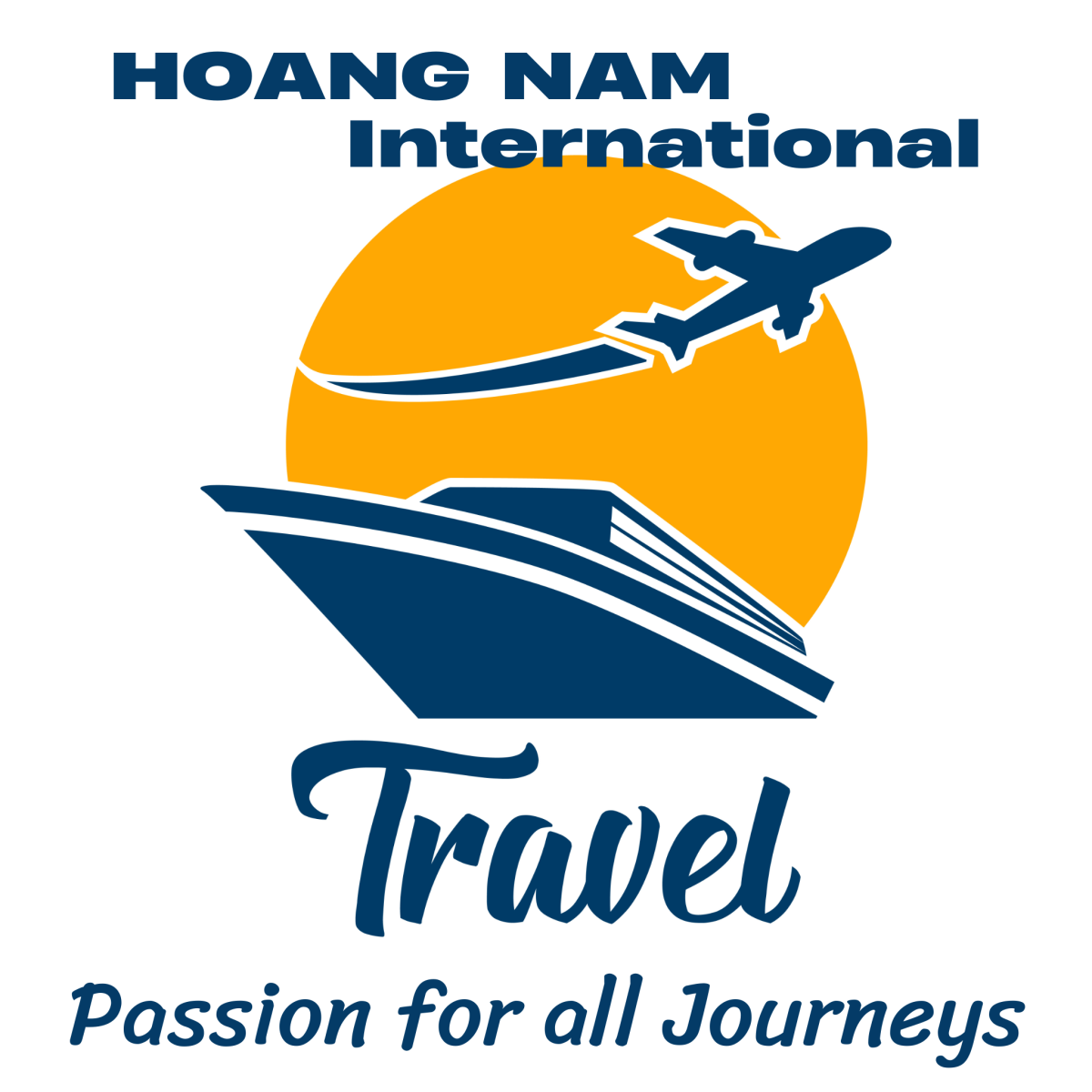
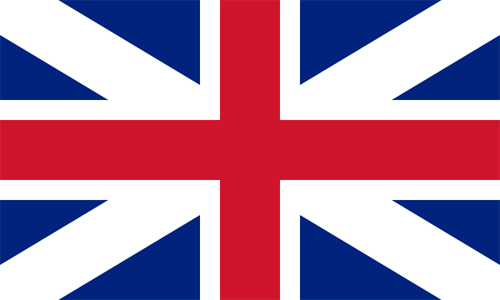
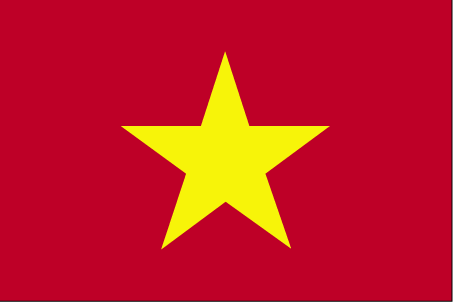
.jpg)
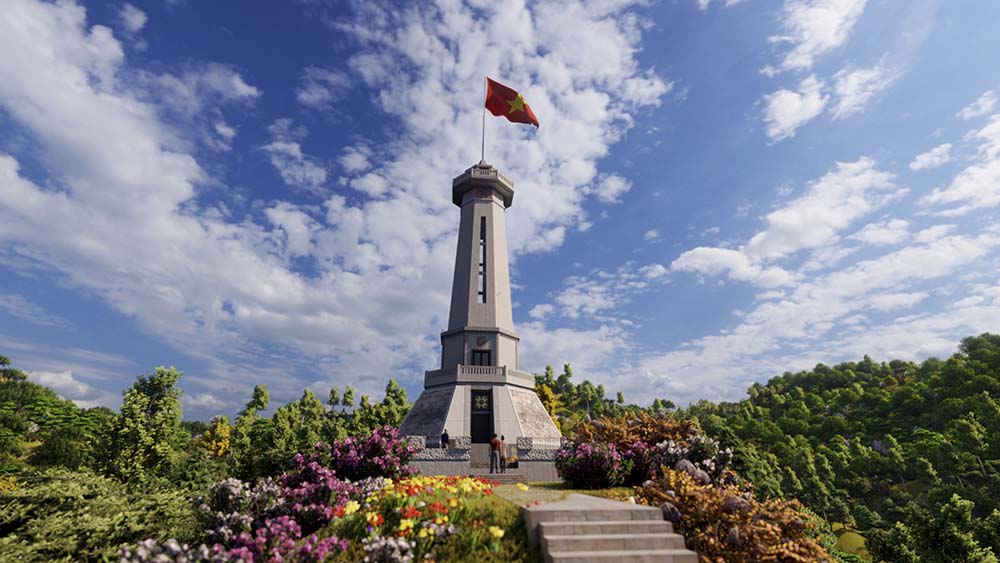
.jpg)
